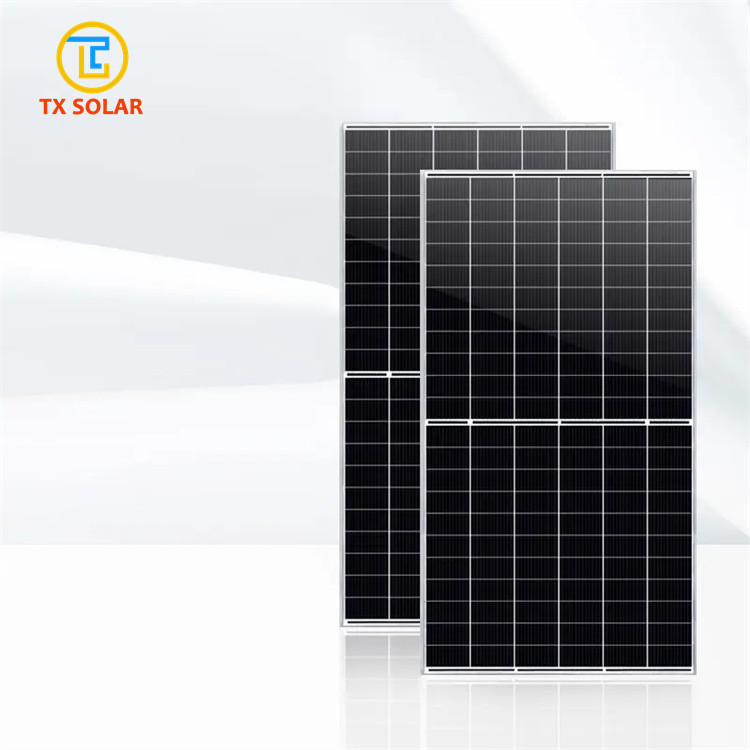Your guide to a better future
A new net metering structure takes effect on April 15, bringing significant changes to solar customers in California. 2kw Solar System

After much discussion, the California Public Utilities Commission unanimously voted on Dec. 15, 2022 to revise the net metering policy in California . The revision, which goes into effect on April 15, decreases the value of solar energy credits by 75% and should encourage customers to purchase solar battery storage with their solar system.
The state is working toward a clean energy future, but many residents say the new policy, referred to as Net Energy Metering 3.0, does not promote the state's goals, instead discouraging the adoption of solar and making it less affordable.
Solar companies are also opposed to the new ruling.
"Net metering is the foundation of saving money with solar and without it, most low-income households would never be able to afford a personal power option for their home," said Greg Butterfield, CEO of solar installer Lumio. "Owning one's own power vs. renting from the utility locks them into a fixed, lower payment than their grid bill. Once the system is paid for and the investment recouped, that household's power would be essentially free." Electricity costs typically increase year to year, and have seen particularly high jumps in the last couple of years.
The CPUC says that NEM 3.0 will increase grid reliability (PDF) and provide more solar opportunities for low-income homes through new incentives and bill credits. Though the decision has been made, solar activists are pushing for a rehearing.
New solar customers can secure the current net metering policy by submitting an interconnection application before the April 15, 2023 deadline. Read on to learn more about the new rules and how they'll impact Californians.
Net metering allows you to save money on electricity. The process allows you to send excess energy back to the grid in return for credits on your next utility bill. Credits are especially helpful during times of lower solar panel production, like at night or during the winter . A solar system that covers your home's energy needs reduces your reliance on the electricity grid.
California is a leader in the solar industry, but this is not the first time there's been opposition to the state changing its net metering policy. When the decision for NEM 2.0 took place in 2016, the number of solar installations declined initially but eventually ramped back up and reached record-breaking numbers in 2022. The CPUC expects a similar experience once the new policy takes effect.
The NEM 2.0 decision brought three key changes to the original policy, including interconnection fees, monthly charges and time-of-use energy plans. Interconnection fees are a one-time fee paid to the utility company ranging from $75 to $145. For utility scale installations greater than one megawatt, the fee is $800. The monthly charges are determined by the kilowatt-hours consumed from the grid and fund low-income and energy efficiency programs.
Advertiser Disclosure: SaveOnEnergy, owned by CNET's parent company Red Ventures, can help you find the right energy fit for your home. The SaveOnEnergy marketplace helps you search, compare, sign up and save on the right energy fit for your home -- all for free. If you're interested in solar, answer a few questions to get an exact price quote from our solar advisers.
NEM 2.0 required solar owners to switch to time-of-use energy plans. Typically, time-of-use rates are higher when demand is also high. For example, rates are highest from 4 to 9 p.m., when many residents are home and using electricity. Overnight from 12 a.m. to 6 a.m., energy use is lower because people are sleeping, so rates are also lower.
Time-of-use energy plans help you save money if you are strategic with electricity use. You can use cheaper electricity by charging electric vehicles or running your dishwasher and other appliances during off-peak hours. Also, you can use stored solar energy to steer clear of grid electricity during peak hours.
Homes in Rocklin, California, with rooftop solar panels
As of April 15, NEM 3.0 will take effect for new solar customers. The most significant change is the reduced rates for net metering credits. Future solar customers may also experience lengthened solar payback periods and greater incentive to purchase solar batteries. Buying solar panels is expensive , so increasing the time it takes to see a return on investment may discourage some homeowners from purchasing solar panels.
The NEM 3.0 structure includes net billing, which results in a 75% lower credit value for excess energy sent to the grid. The rates are based on avoided cost, which is how much money the utility saves by not producing the energy itself.
Two utility companies in California (Pacific Gas & Electric and Southern California Edison) offer customers higher-valued credits for nine years if they apply for interconnection before the end of 2027. If you are unable to lock in NEM 2.0 rates and live in these utilities' service areas, then you still have an opportunity for slightly better rates than those who wait until after 2027.
According to energy analysts at Wood Mackenzie, the solar payback period in California will shift from five to six years to 14 to 15 years as a result of NEM 3.0. In addition to the reduced credit values, the time-of-use energy plan requirement encourages solar customers to add a battery storage system . Solar batteries increase the total cost of a solar system, but under NEM 3.0 and time-of-use rates, could actually shorten the time a solar system takes to pay for itself.
Batteries can be added after solar panel installation, but you may save on installation fees if you include them in your original plan.
The new time-of-use plans differ from standard time-of-use plans and have even higher rates during peak hours and lower rates during off-peak hours. Check with your utility for specific hours and rates.
The change should encourage usage during off-peak hours and promote the addition of a solar battery. Stored solar energy can be used during peak hours when the rates are extra high to reduce energy costs by not relying on the grid for electricity.

3kv Solar System For more, read up on how to calculate your payback period and dive deeper into the topic with CNET's guide to getting solar panels at home .